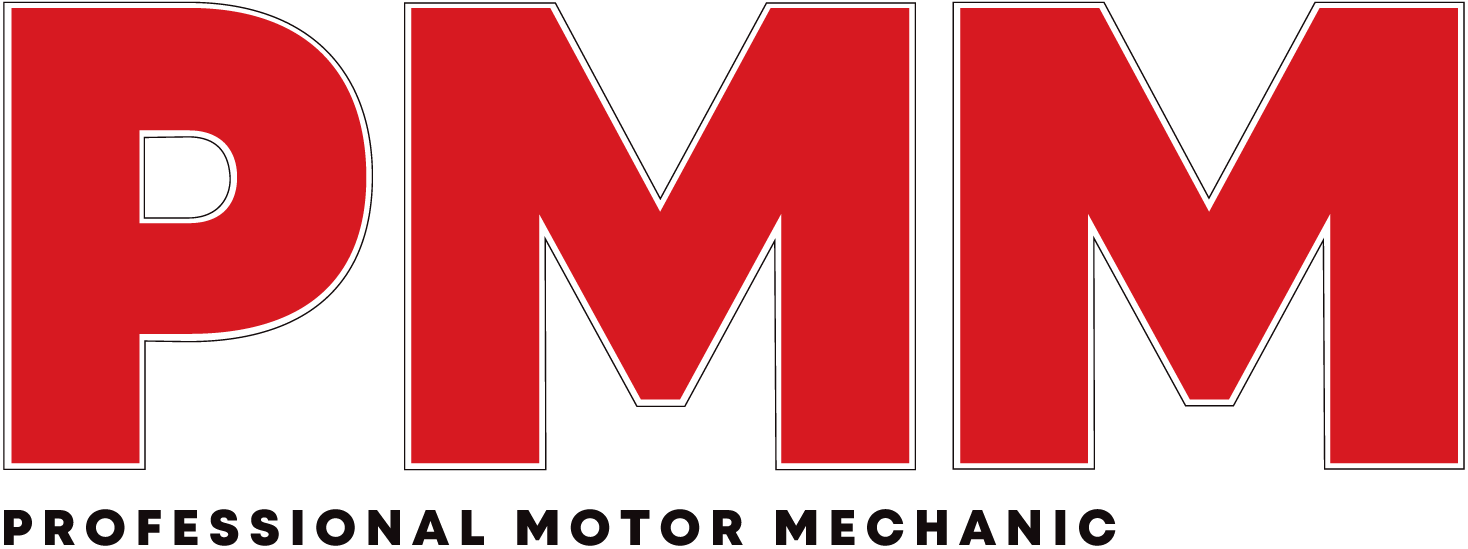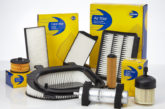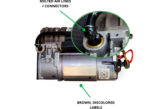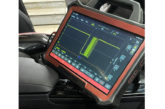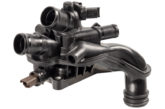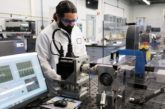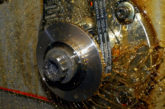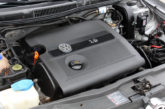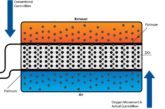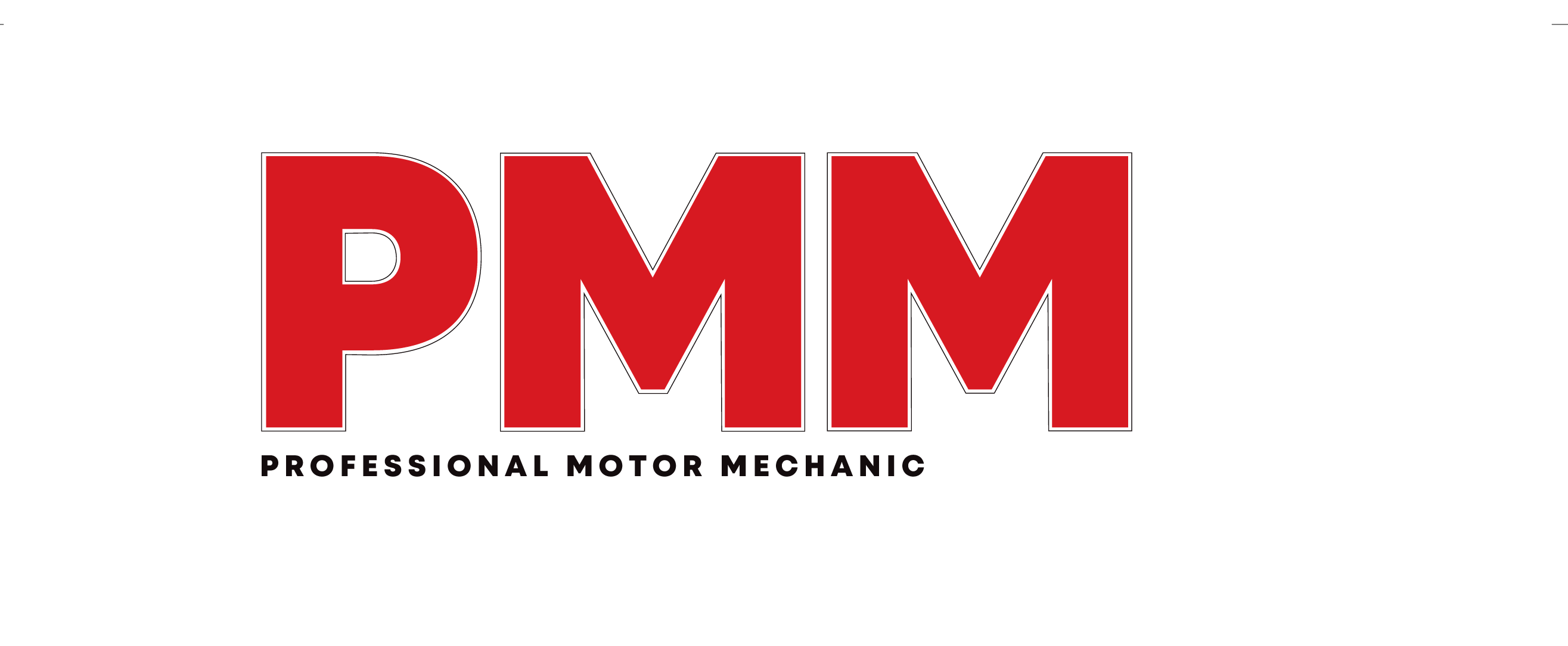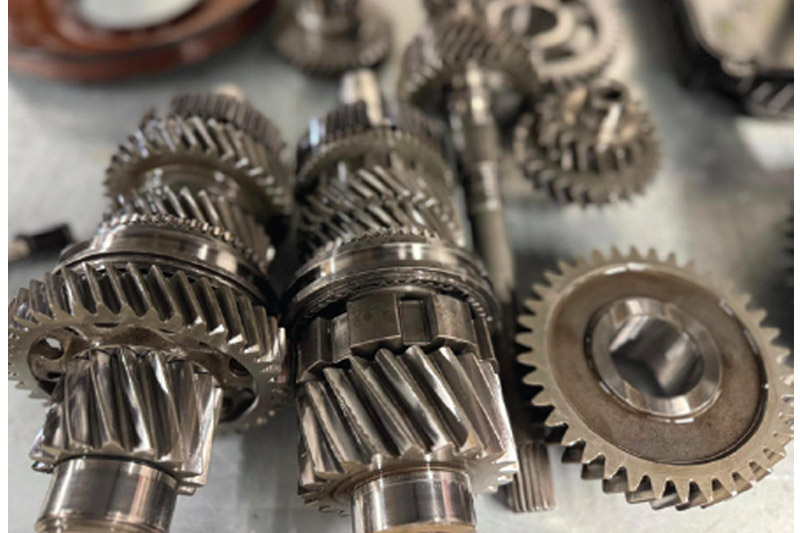
Network Vehicle Solutions gives readers of PMM a brief rundown of the benefits and drawbacks of a dual-clutch transmission.
A dual-clutch transmission (DCT) is an advanced type of automated transmission that uses two separate clutches for odd and even gear sets. Unlike traditional automatic or manual transmissions, a DCT can preselect the next gear, enabling smoother and quicker gear shifts without interrupting power flow. This results in improved fuel efficiency, faster acceleration, and a more engaging driving experience, especially in performance and sports cars. DCTs are widely used by manufacturers like Volkswagen (DSG), Ford (PowerShift), and BMW (DCT).
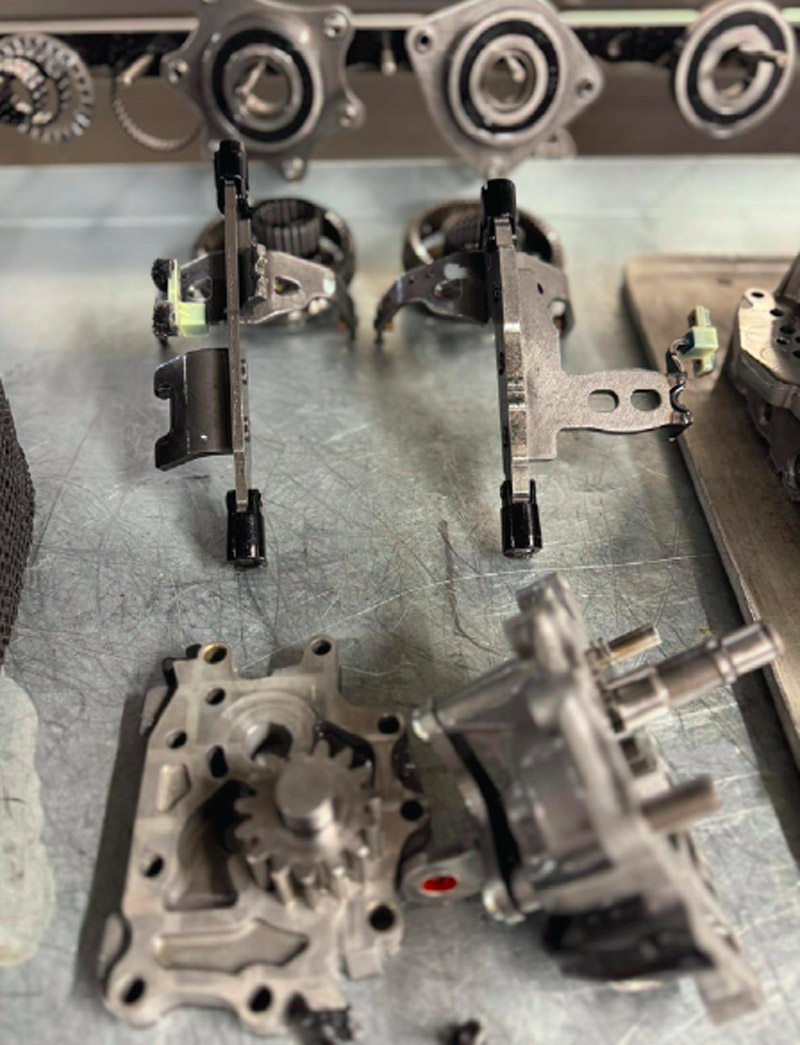
Despite its benefits, the DCT has several common faults. One major issue is jerky or rough gear shifts, especially at low speeds, due to the clutch engagement characteristics. This can be particularly noticeable in stopand- go traffic. Another problem involves premature clutch wear, often resulting from aggressive driving or poor calibration of the transmission control module (TCM). Some models also suffer from overheating, particularly in hot climates or during extended use in traffic, which can trigger limp mode or damage internal components.
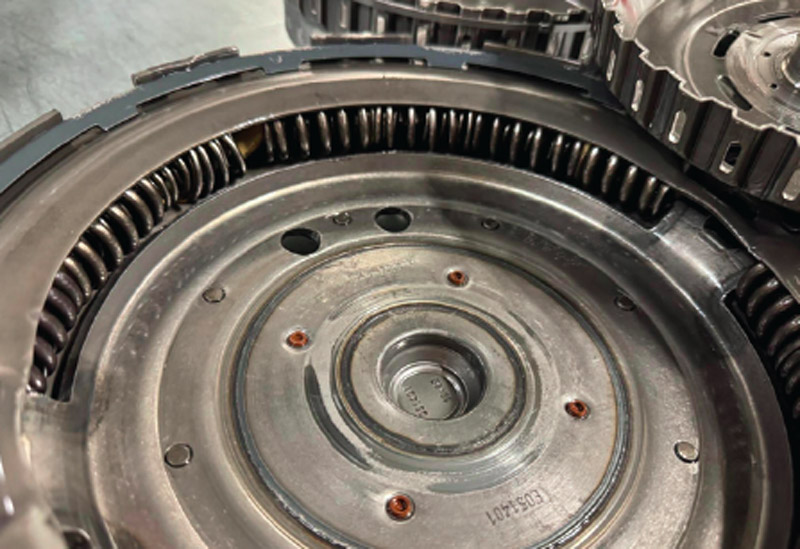
In addition, electronics and sensors associated with the DCT system, such as the mechatronic unit, are prone to failure and can be costly to repair. Owners have reported lag or hesitation when shifting, often due to software glitches or faulty actuator systems. Furthermore, unlike conventional automatics, DCTs require specific transmission fluid and regular maintenance; neglect can lead to early failure. While DCTs offer performance benefits, they can be complex and expensive to repair when faults occur, especially out of warranty.
